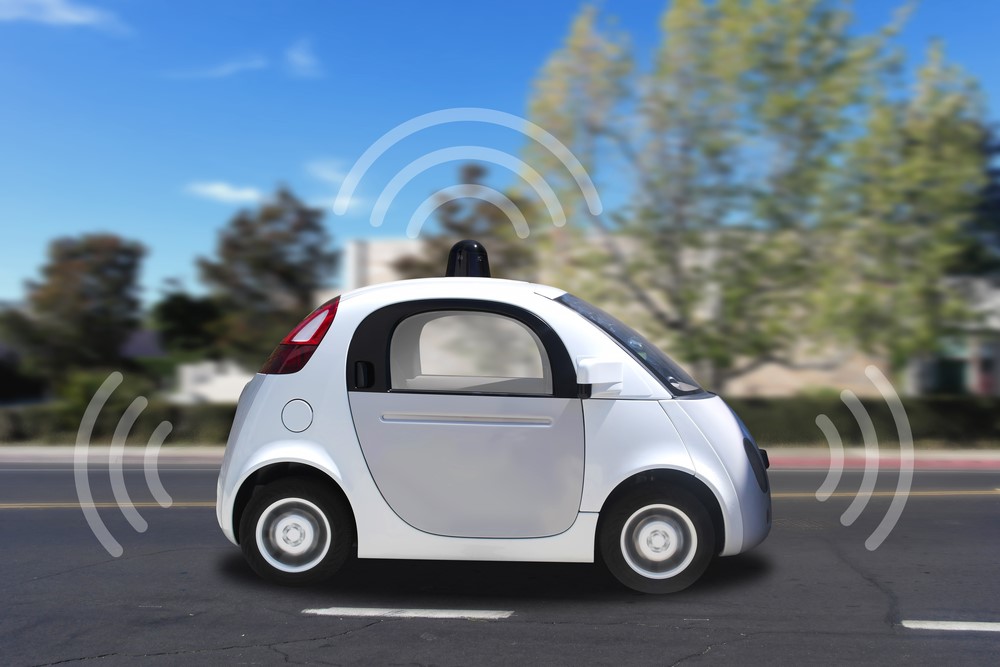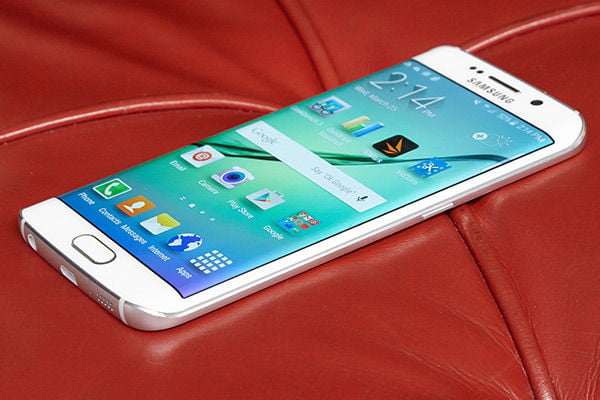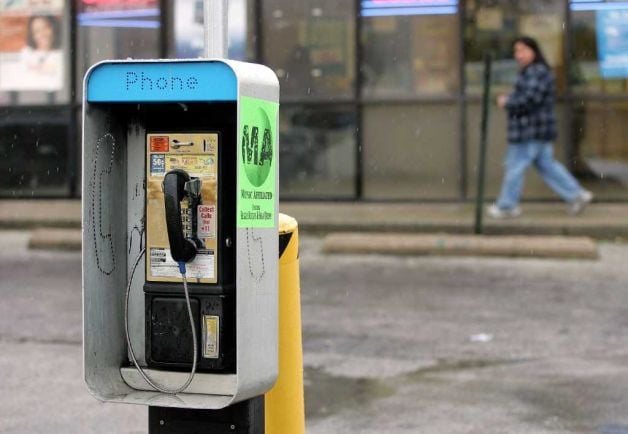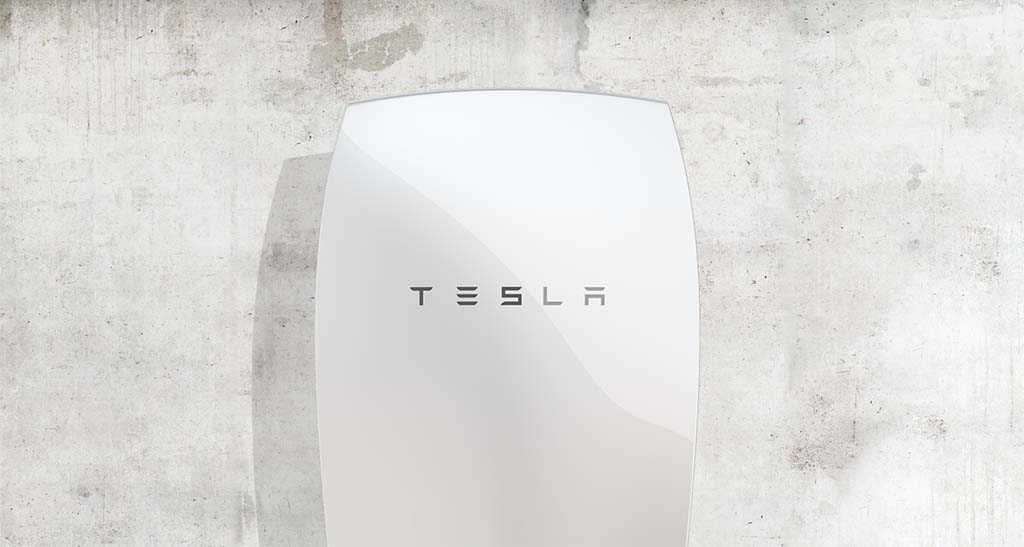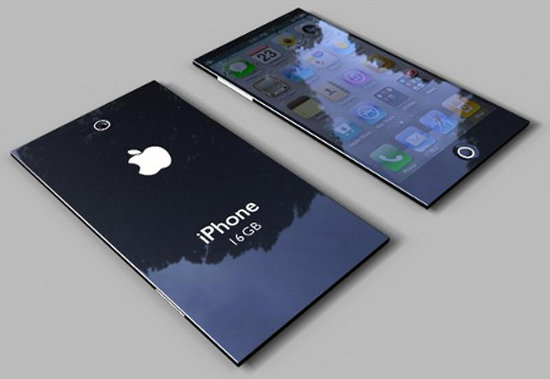[pullquote position=”left”]We live in an age preoccupied with novelty…[/pullquote]
Technology is evolving as such a rapid pace, with everything from disruptive technology to smarter, lighter and more intelligent products that make our lives easier, we take a look back at technology that is still around that you may come to never see again, or maybe you’ve seen this stuff at all! If you’re a millennial that’s probably the case.
Many believe that advances in technology will radically transform society, and we are witness as humans to this shift. We can already see the effects everywhere around us in our day to day lives. Our relationship with technology is an interesting subject. New advances in product innovation and technology push us to adapt to using these new gadgets. New devices and services are replacing things of the past, present and the future (even before products are made) and becoming part of our everyday lives.
With technology evolving at such a high rate, we can’t say for sure what’s around the next corner. When a new high-tech gadget is born, something else will become obsolete. Sometimes, the loss might be a positive thing, but at other times, the product’s extinction or eventual demise may stir some bittersweet or nostalgic emotions.
We live in an age preoccupied with novelty. The adoption of new gadgets is happening faster than ever. For example, we have moved from the launch of tablet computing in the year 2011 to tablets sharing over half of the global market in personal computers in the year 2014.
If you are over 30 years old you will most likely remember all these, yet you may never see them again due to advances of technology that will likely make them extinct either now or in the near future:
VCRs
— they were cutting edge technology just 20 years ago and more than half of all American homes
still have at least one. But they are no longer made and people who still have one never use them anymore.

Arcade Game Venues
– once a favorite entertainment of geeks, playing video games at an arcade
already began fading away in the mid-1990s. A few arcades survive nowadays, but their days of glory are
long gone. The advent of high-tech gaming systems allows you to enjoy a better gaming experience at home.
Today we can even play on our mobile phones. Arcade games will soon be totally extinct and live only in our memories.

Hard-drives
— running out of space on your hard-drive will become a thing of the past soon. Terabyte
size drives are already selling for affordable prices. But soon the hard drive technology will become totally
extinct and replaced by holographic drives and cloud storage.

Floppy disks
– storing data on a floppy disk was once the standard protocol for transferring and storing
data on personal computers. But by today’s file size standards the 1.44 MB of storage seems almost
ridiculous. PCs are not being built with a floppy disk drives anymore these days and the floppy disk is
already nearly extinct.

56k Computer Modems
– once hearing the sound of a modem connecting was the sign of getting Internet
access. Today, in the age of high speed Internet, 56k modems have become nearly extinct.

Polaroid Cameras
— Polaroid will soon stop selling its instant film. All film-based cameras will be soon
completely gone, as well digital cameras are everywhere and provide many more advantages.

Typewriters
— The traditional typewriter is already nearly extinct, being replaced by computers, word
processing software and keyboards.

Printers
The dot matrix printer, born in the 1970s, delivered low-quality printouts before
laser and inkjet technology took over the market. It will be soon a thing of the past, with its slow and noisy
operation, frequent paper jams, and general faults no one can or be bothered to figure out – and its thin strips of perforated paper.

Answering Machines
Most people are using now dial-in voice mail instead of the answering machines.

Calculator Watches
— one a favorite gadget of nerds, the calculator watch is nearly extinct today. It was
replaced by phone watches.

Public Phone Booths or Pay Phones
— in an age of mobile phones public phone booths are on life support.

Dial Phones
— the ease of the touchtone dial has made rotary phones virtually deceased.

Mobile Phones for Cars
— the early mobile phones were installed in people’s cars. The spread of mobile
phone technology lead to the extinction of mobile phones attached to cars.

Laser Discs for Movies
— this technology is definitely obsolete now.

Car Cigarette Lighters
— most automobile manufacturers are dedicating ports to electronics charging
instead of the classic cigarette lighter.

Incandescent Light Bulbs
— more and more people are using instead energy saving, ecologic friendly
bulbs.

CRT TV’s and Monitors
The huge and wieldy TV’s and monitors of the past are most likely now to be seen on the side of a road or in a dumpster somewhere.

Audio Cassettes
— the life of the cassette is over in the era of mp3 players and smartphones.

Hardcover Books
— in our age of increased interest for ecologic-friendly technologies the hardcover
printed books might be close to their end. They are being replaced by digital versions that are easy to read on mobile
devices such as Kindle. Thousands of bookstores have closed in the past decade, victims of Kindle, Apple,
and Amazon readers. In ten years’ time it’s possible that all reading will be done via digital means.

Carbon Copy Paper
– with printers now able to scan and copy, you don’t see the old-fashioned carbon
copy paper so often anymore.

Fax Machines
— today the fax machines are nearly extinct, since most documents are now created on
computers and easy to attach and send by email.

Clock Radios
— Replaced by smartphones.

DVD players, Blu Ray players
– these will be soon become extinct, being replaced by streaming video. In
the near future new technology will allow us to enjoy 3D and holographic movies.

Stand-alone GPS devices
— since the car’s infotainment system or your smartphone does the same
thing, the stand alone GPS device is a thing of the past.

Desktop Computer
— once considered a revolutionary gadget, desktop computers are becoming extinct,
being replaced by laptops, netbooks, and tablet PCs. Computing is going mobile and in the near future we’re
going to see a wide range of handheld computing devices.

It’s obvious that some of the items enumerated are already nearly extinct, available for sentimental viewing in museums or to buy at thrift stores, or on some huge landfill in China, all we know, or will come to know will be extinct before its new, as technology rates increase.


